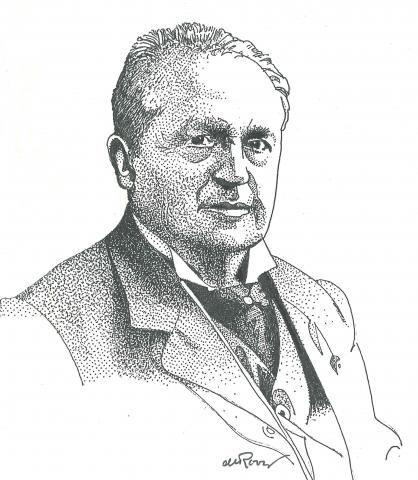A revised and updated version of
Abraham Kuyper: An Annotated Bibliography 1857-2010 by Tjitze Kuipers (2011)
You can buy a printed edition of this book on the site of the publisher.
1886
First part of a three-part series continued in 1886.03 and 1886.04. On January 4, 1886, the Board of the Classis of Amsterdam provisionally suspended eighty of the 148 members of the General Consistory of the Dutch Reformed Congregation of Amsterdam. As grounds for the suspension, the board cited the Consistory of Amsterdam’s alteration of the Algemeen reglement en instructie voor de commissie tot het bestuur over kerkgebouwen, goederen, fondsen en inkomsten der Nederduitsche Hervormde Gemeente te Amsterdam [General regulations and instructions for the commission for the administration of church buildings, properties, funds, and revenues of the Dutch Reformed Congregation of Amsterdam] at its meeting on December 14, 1885 (cf. 1886.03). This alteration had given the board the impression that the Consistory of Amsterdam intended to hold onto its church properties even as it plotted founding a new, smaller congregation using the three forms of unity as the framework for joining together with similar such congregations across the country to bring about a separate Reformed Church of the Netherlands.
In chapters 1–6 of this first part of the series, Het conflict gekomen, Kuyper critically discusses the role of the Rev. H.V. Hogerzeil (1839–1907; Dutch Reformed pastor at Amsterdam, 1878–1902) and also refutes the commonly voiced accusation that those who were suspended had already been plotting since the founding of the Circle of Brothers (see 1883.06) to bring about a revolution in the church. In chapters 7–16, Kuyper answers the charges that the Rev. Hogerzeil had raised in his three-part series of brochures, De kerkelijke strijd te Amsterdam toegelicht en beoordeeld [The church struggle in Amsterdam elucidated and evaluated] (Amsterdam: F.W. Egeling, 1885/1886). The first part of this series, De stand der kerkelijke kwestie [The state of the church question], was published in December 1885; the second and the third parts, De revolutie gereglementeerd [The revolution regulated] and De voorlopige schorsing [The provisional suspension], were published in January 1886.


